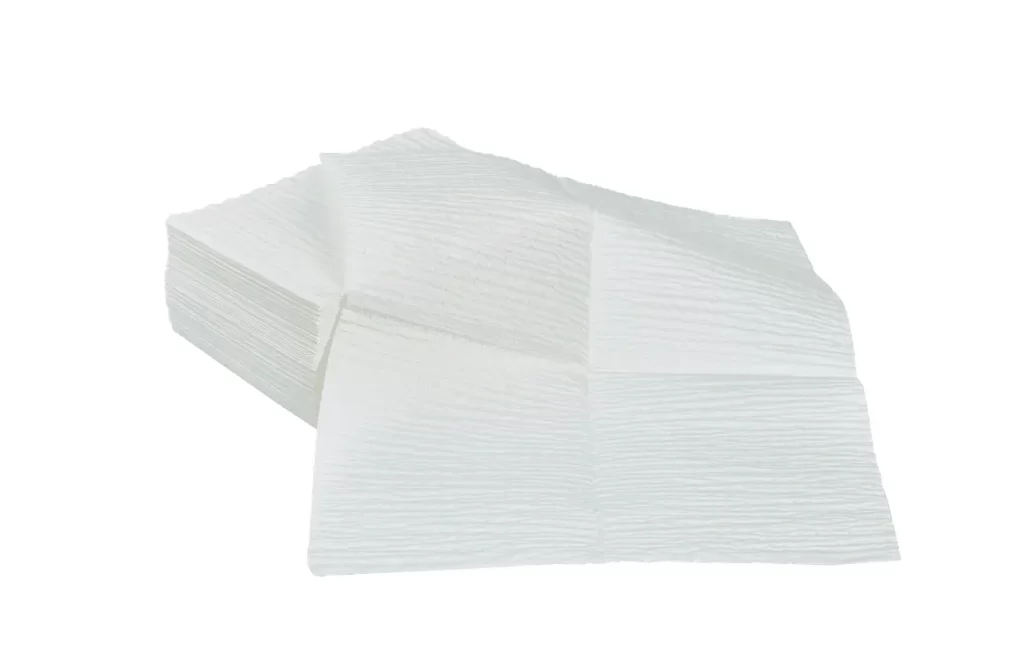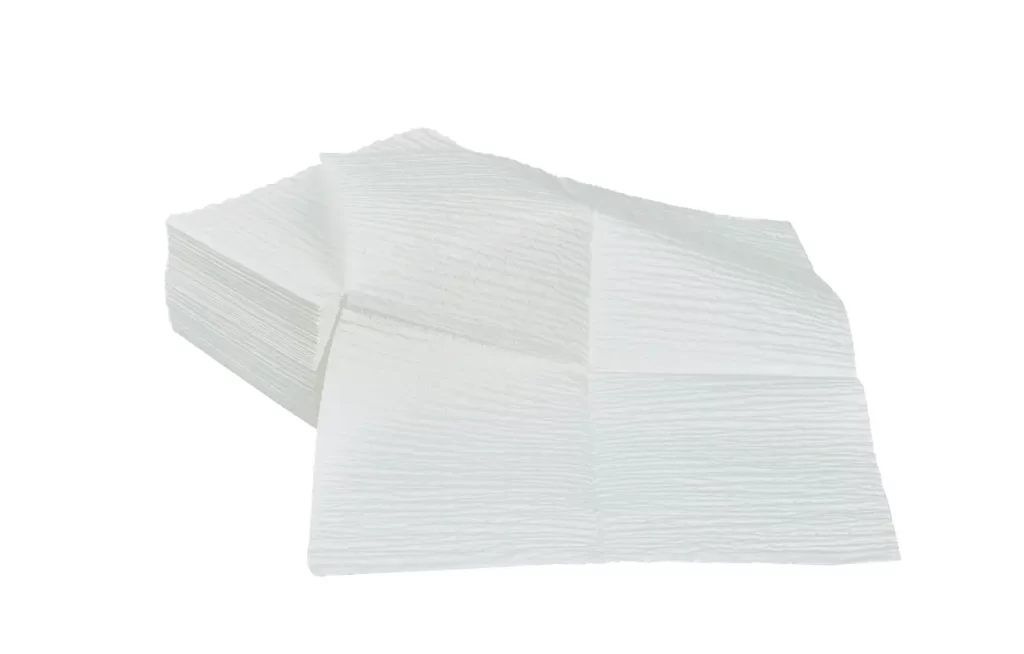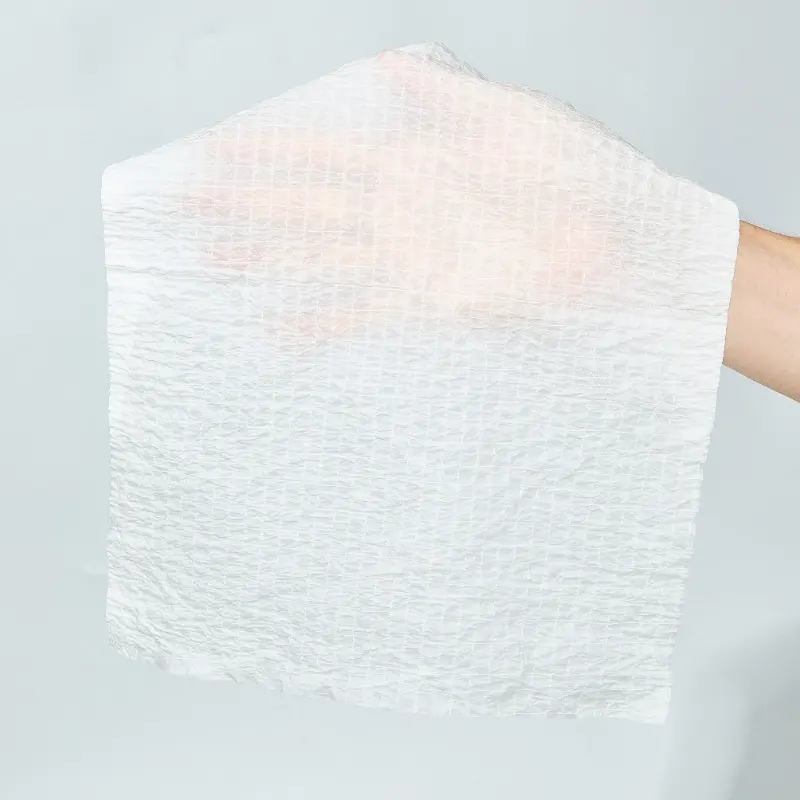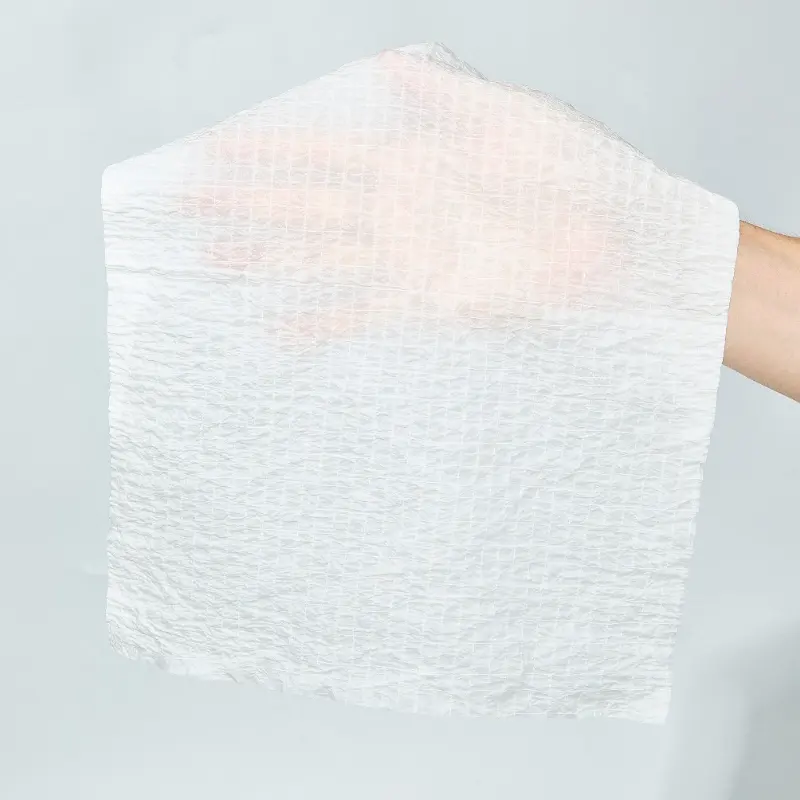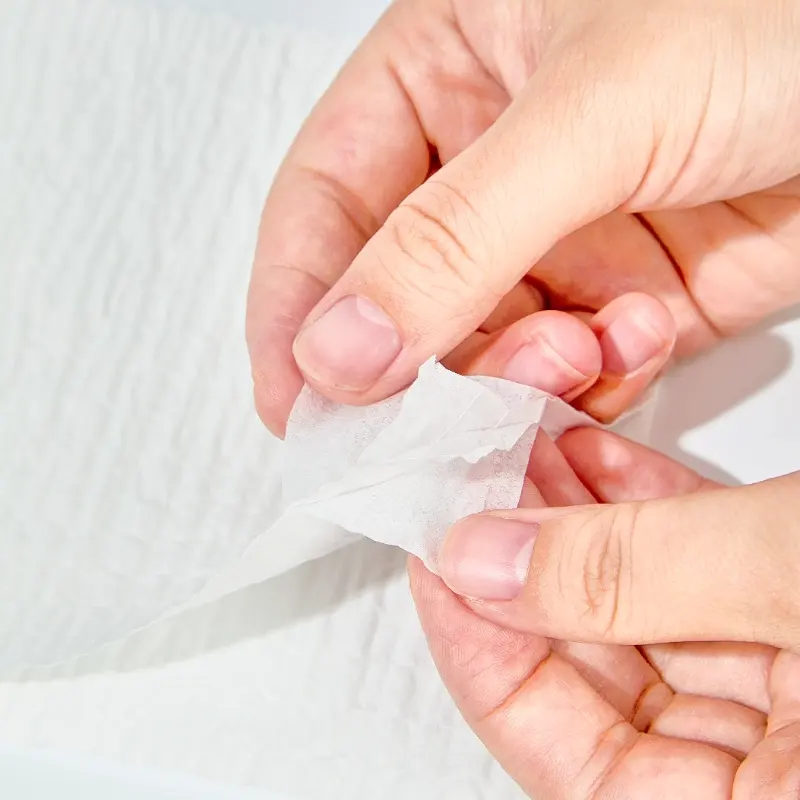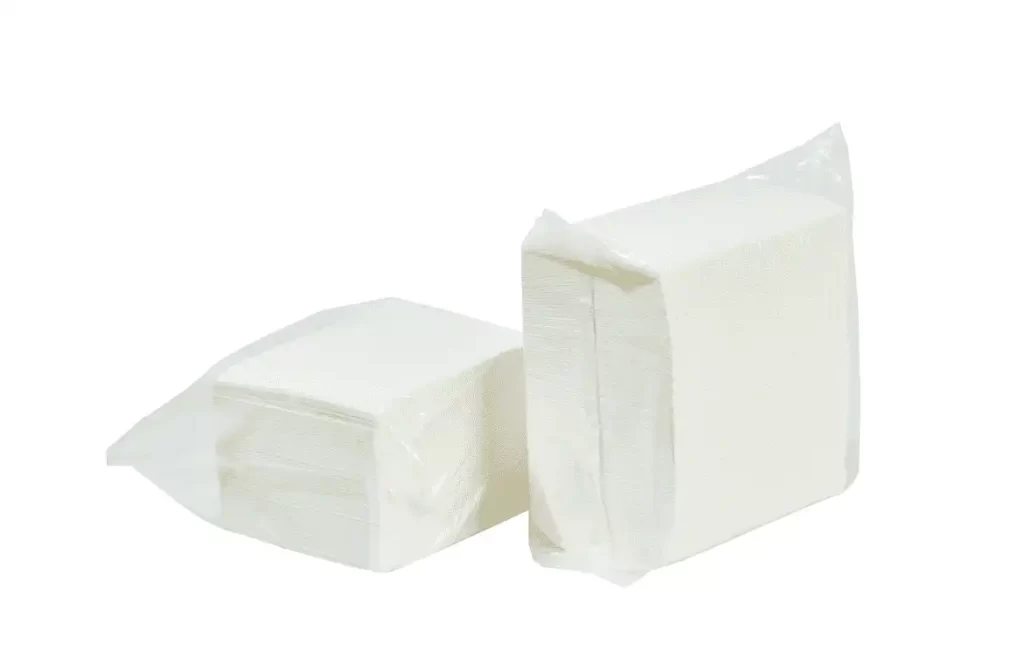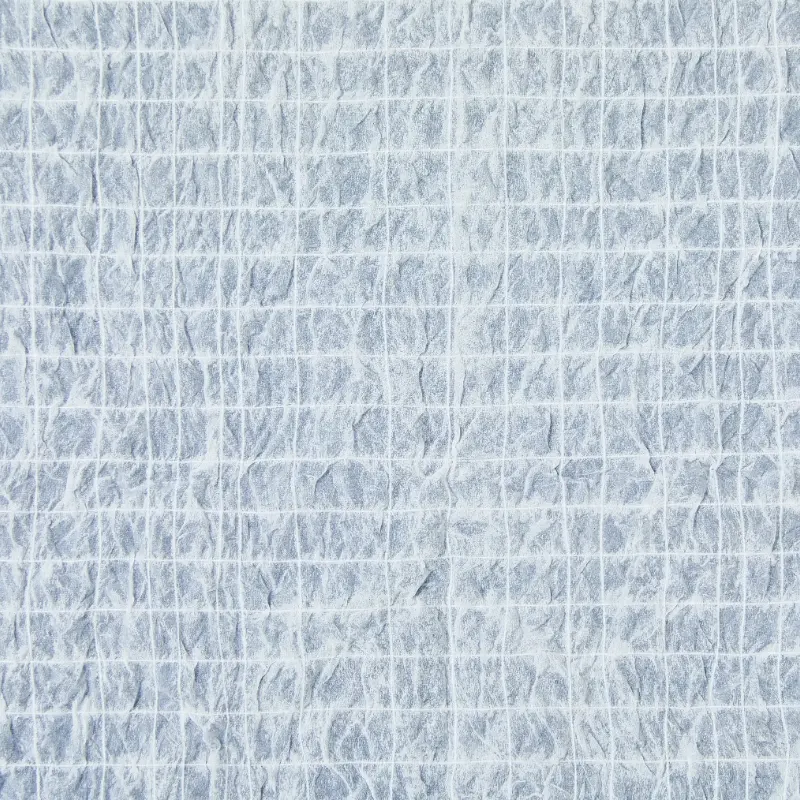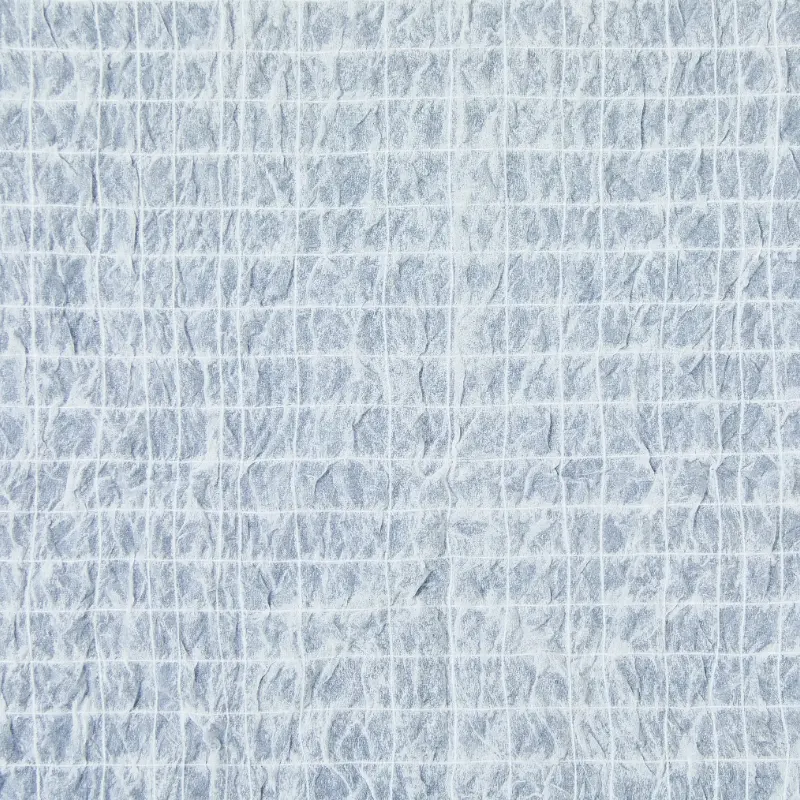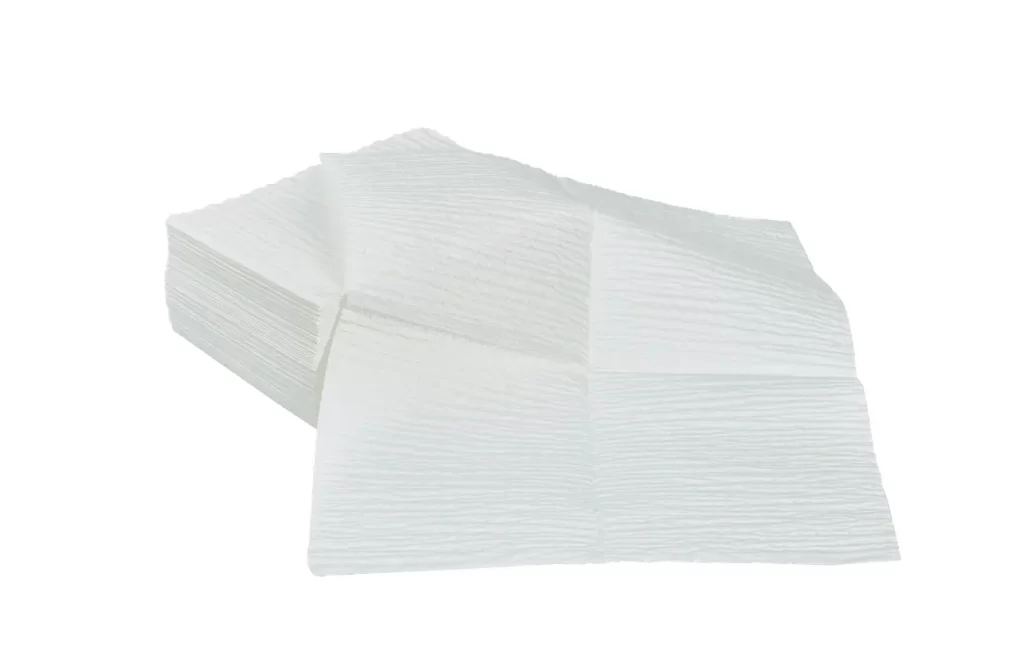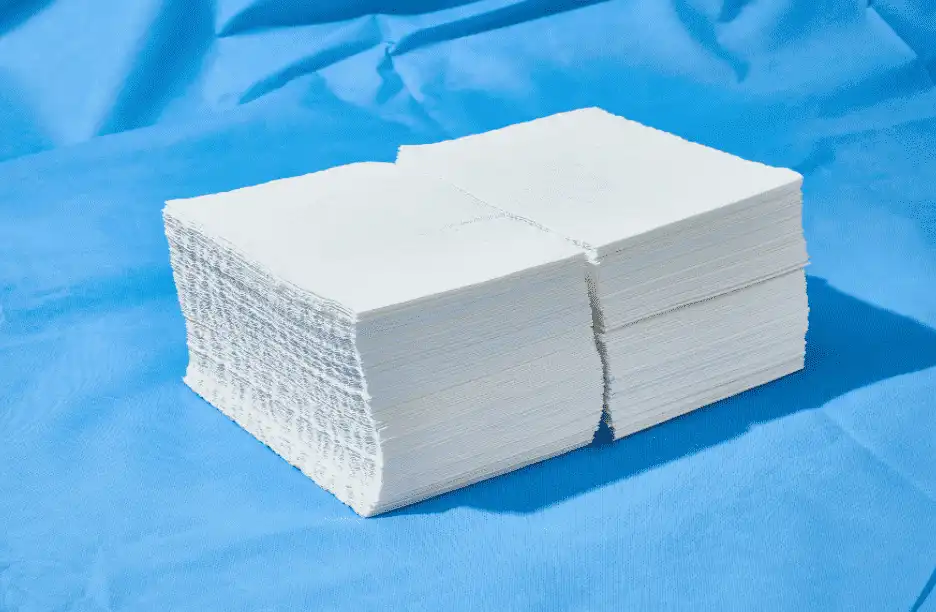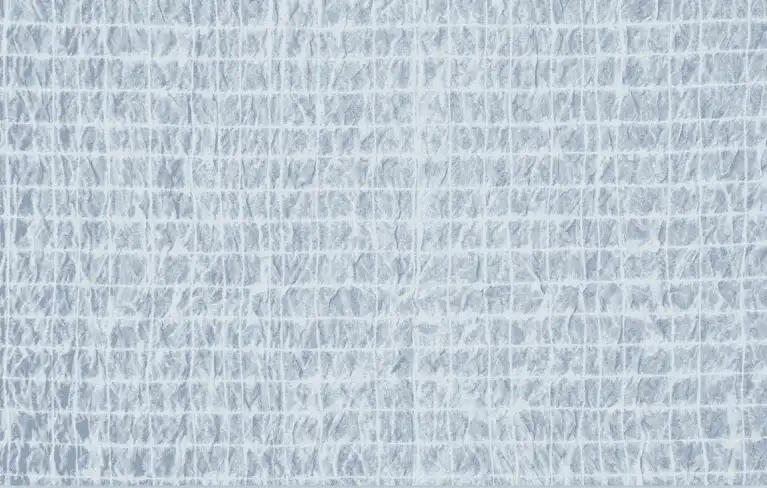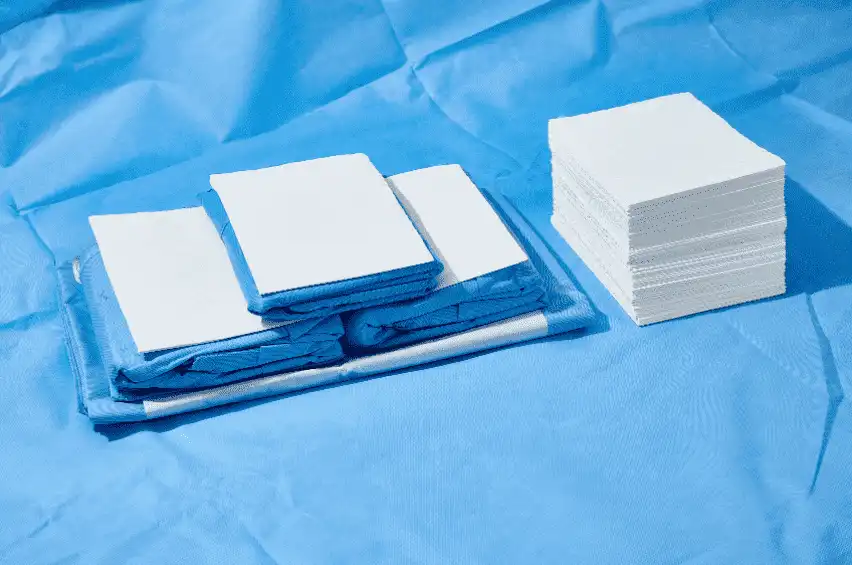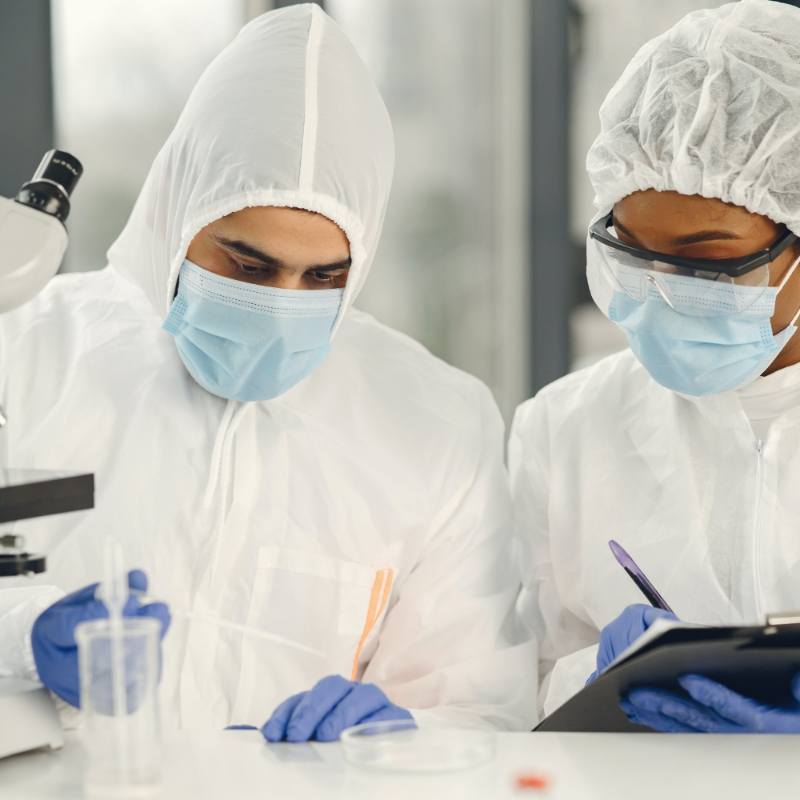Exciting Announcement Join Us at Hospitalar 2025 in Brazil!
We are thrilled to announce that Poclight will be showcasing our innovative instruments and reagents at the Hospitalar 2025 Medical Equipment Exhibition in Brazil this May. We invite both new and returning customers to visit our booth for an exclusive look at our cutting-edge products.
Our featured testing kit utilizes the unique properties of graphene oxide, eliminating the need for magnetic beads and simplifying the process by removing complex separation and washing steps. This results in a more efficient workflow and enhances the overall performance of the assay.
One of the standout benefits of Poclight's technology is the significant increase in sensitivity—by one to two orders of magnitude—allowing for more accurate and reliable results. This streamlined process not only improves performance but also makes it easier for healthcare professionals to obtain critical data.
Additionally, our kits offers exceptional cost-effectiveness. With low testing costs, individual packing Lyophilized Beads reagents that don’t require refrigeration, we greatly reduce the risks associated with transportation and storage. The compact and user-friendly design of our instruments ensures versatility across various application scenarios.
Don’t miss this opportunity to explore Poclight's innovative solutions and discuss how we can support your needs. We look forward to welcoming you at Hospitalar 2025!
